How to declutter a garage - a clear expert-approved action plan to tackle an overwhelming mess
Professional organisers explain how to take on a cluttered garage
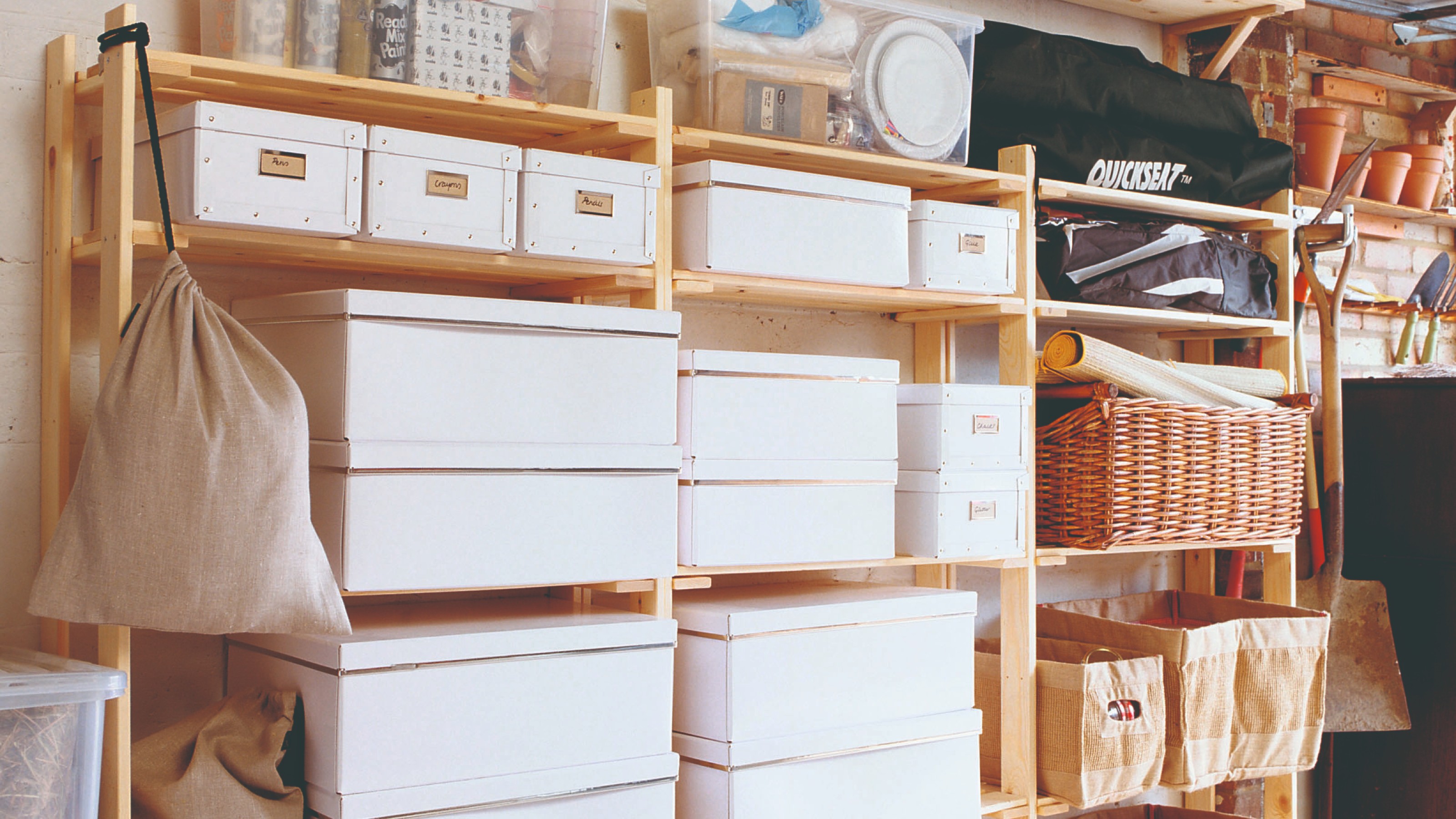

As spring approaches many of us will be starting to get our gardens and outdoor spaces ready for the summer ahead. And, if you're guilty of shoving everything in the garage over winter and forgetting about it (we've all been there!), it's probably time you thought about decluttering the garage.
If you prise open the garage door and it's full from floor to ceiling full of stuff the answer is not to close it and run away. There are plenty of decluttering methods you can try, but they all start with setting a clear goal and timeline for tackling the mess at hand.
Having a clear vision of what you want to achieve helps. 'Begin by setting some clear, inspiring goals that will motivate you to get into action,' explains Helen Sanderson, author of The Secret Life of Clutter. 'Will decluttering the garage mean you can finally park the car in there, make room for a handy workshop area, or enable you to create more storage; meaning you have more room in the house?'
Once you know what you want to use your garage for, having a strategy on how to do it will make the job easier adds Helen: 'Next, create a clear plan of action, set aside a realistic amount of time and get in place all the support and other things you will need for a successful completion of the project.'
How to declutter a garage
It may seem like a mammoth task but you don't have to spend all day decluttering a garage, even a ten-minute declutter will help to make things feel more organised. Here are some of our top tips on how to declutter a garage to get your started.
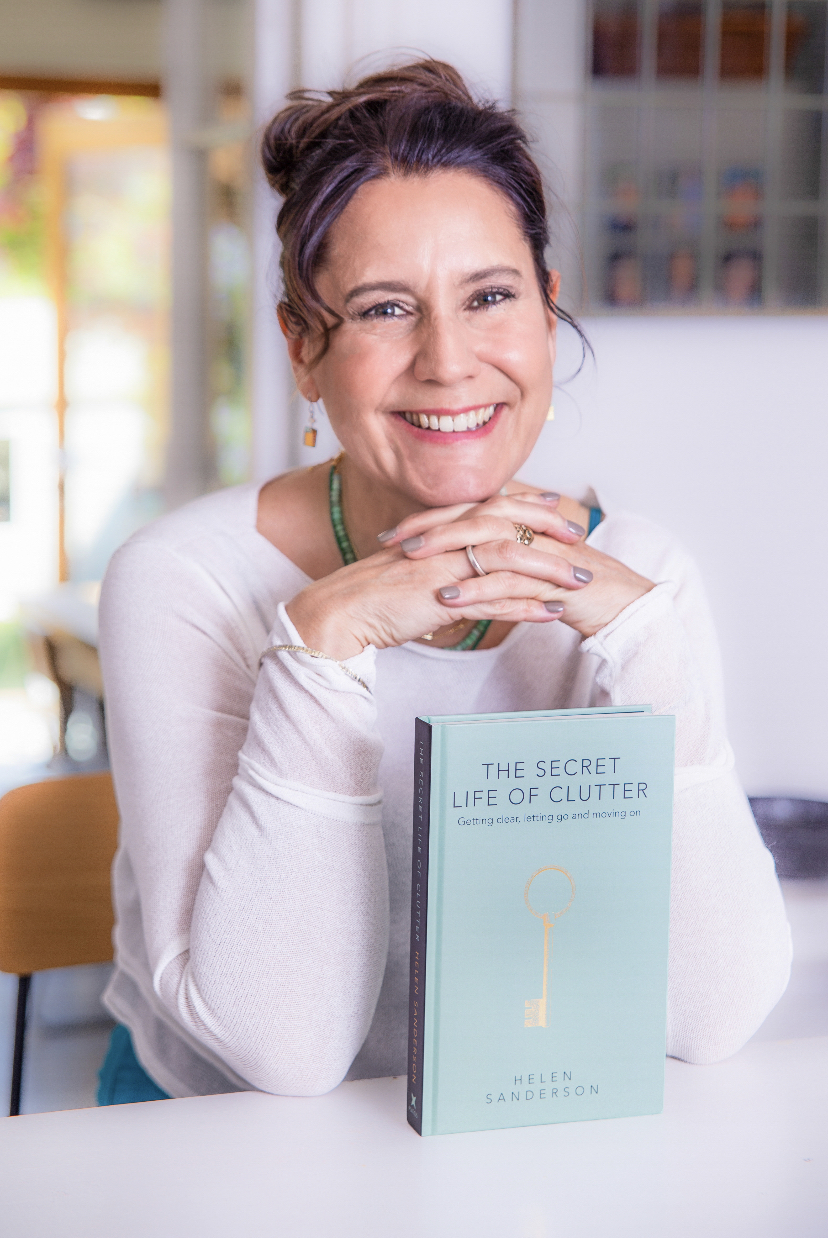
Helen Sanderson MSc, is the author of The Secret Life of Clutter. A Home Organiser, Psychotherapist and Interior Designer, and the UK's leading expert on the psychology of clutter, she provides the ultimate holistic decluttering service.
1. Plan an 'exit route'
Before you start decluttering a garage, ensure you have everything you need for the job. Bin bags, clear recycling bags and new storage boxes will make organising things easier, as will knowing where you will take any items you're getting rid of.
'Making sure you have arranged an "exit route" for the items in the garage is important,' advises Helen. 'This will mitigate against the likelihood of procrastination. Make sure you don’t leave things hanging around waiting to be collected or removed or they may end up creeping back into the garage. You might need to hire a van or skip or get one of the companies that come and collect.'
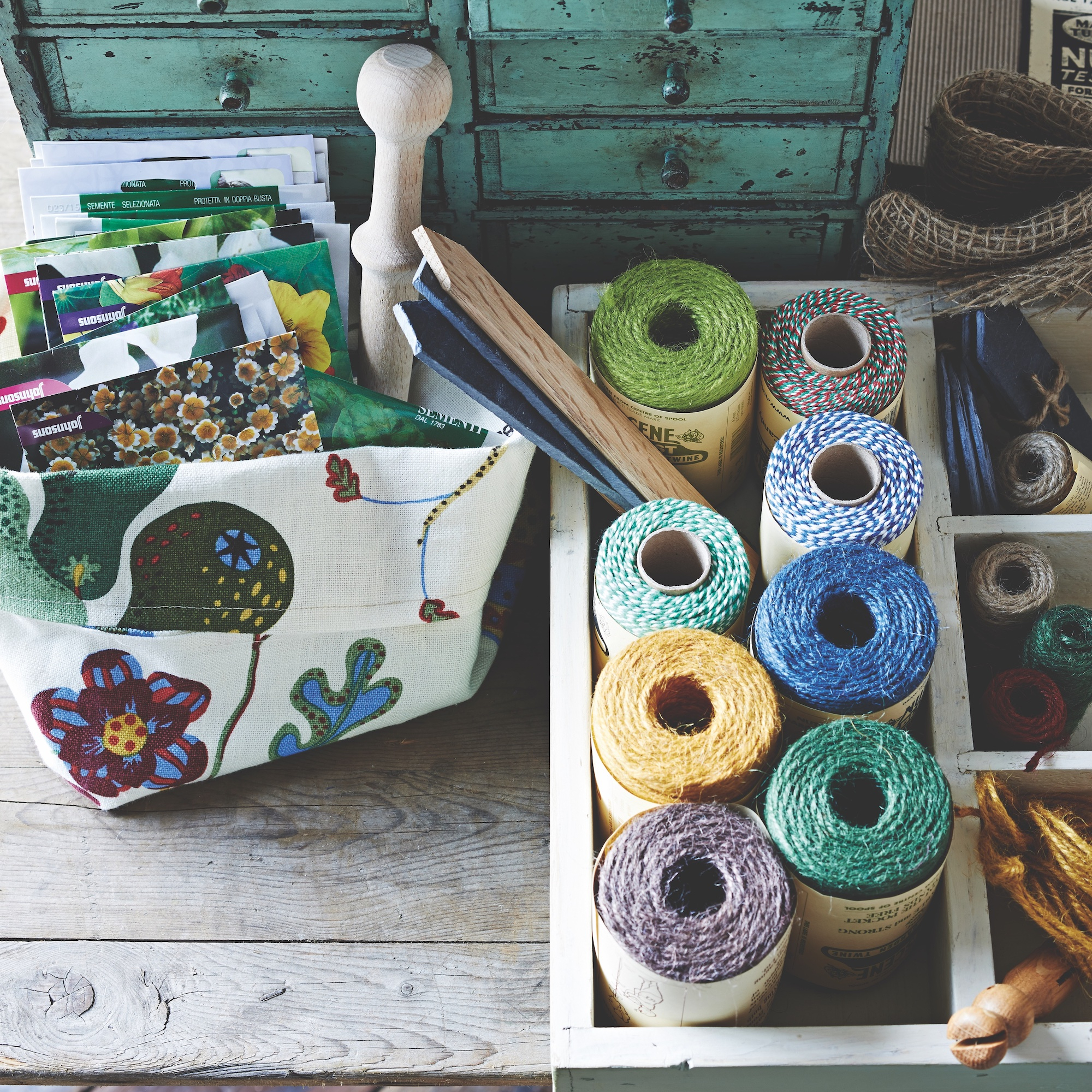
2. Break it down into stages
If the thought of decluttering the garage seems too overwhelming, start easy.
'If the garage is so full that it is completely overwhelming, break the job down into stages,' says Helen. 'Focus on one shelf, cabinet, or workbench and commit a decent block of time to complete that one area. Then schedule a date to tackle the next one.'
Even something as simple as organising the tool box, making sure it's got all the essentials and rehoming any duplicate tools, means you'll easily find what you need for your next DIY job.
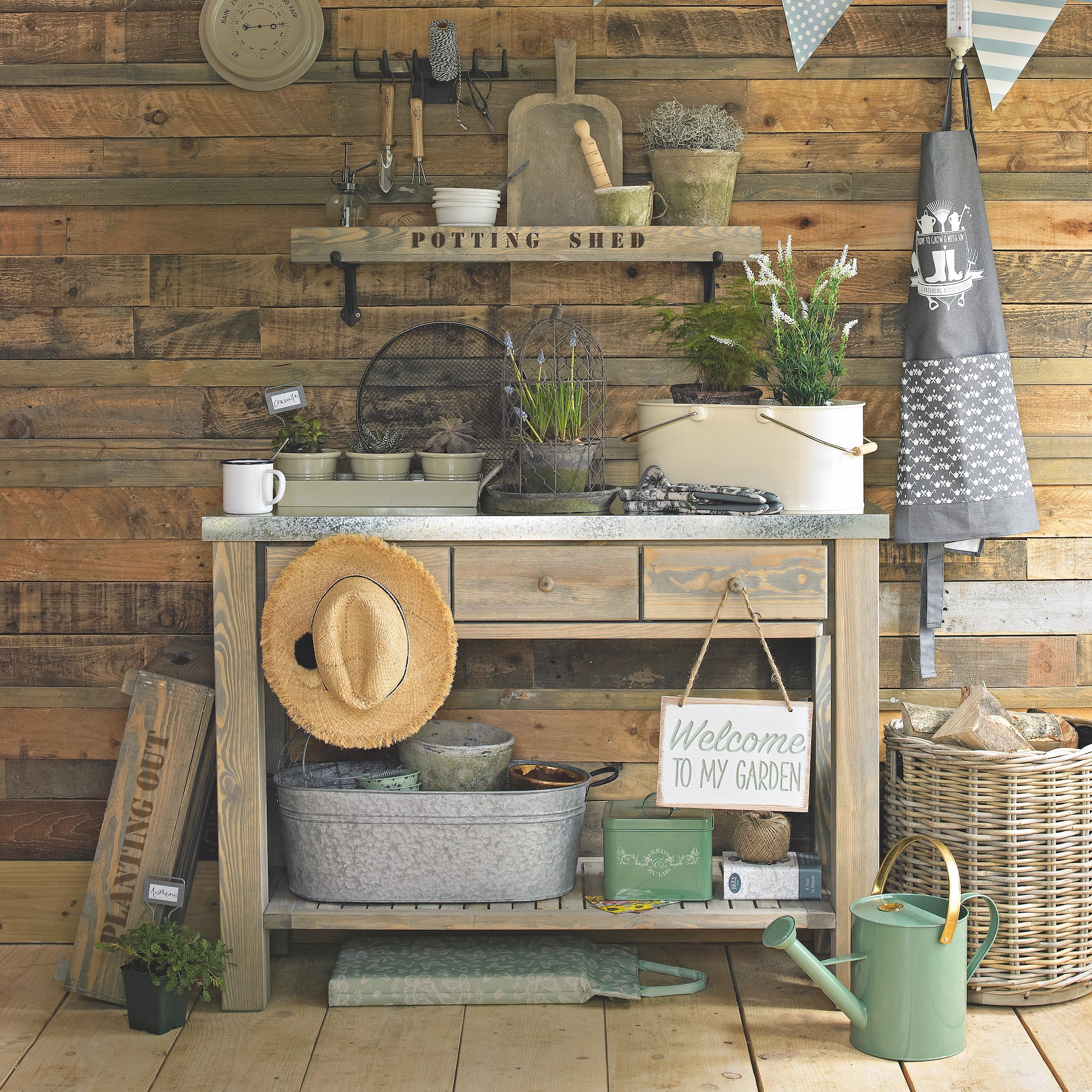
3. Get some helpers
Let's face it, the whole family is going to have something stored in the garage, so enlist their help to get it in order. ‘"Many hands make light work", so if your partner, relatives or kids have things in the garage, make sure they are around to help declutter, or at least to let you know what things they don’t need anymore,' advises Helen.
If there are lots of old toys the kids no longer play with, encourage them to let you sell them for a bit of extra pocket money.
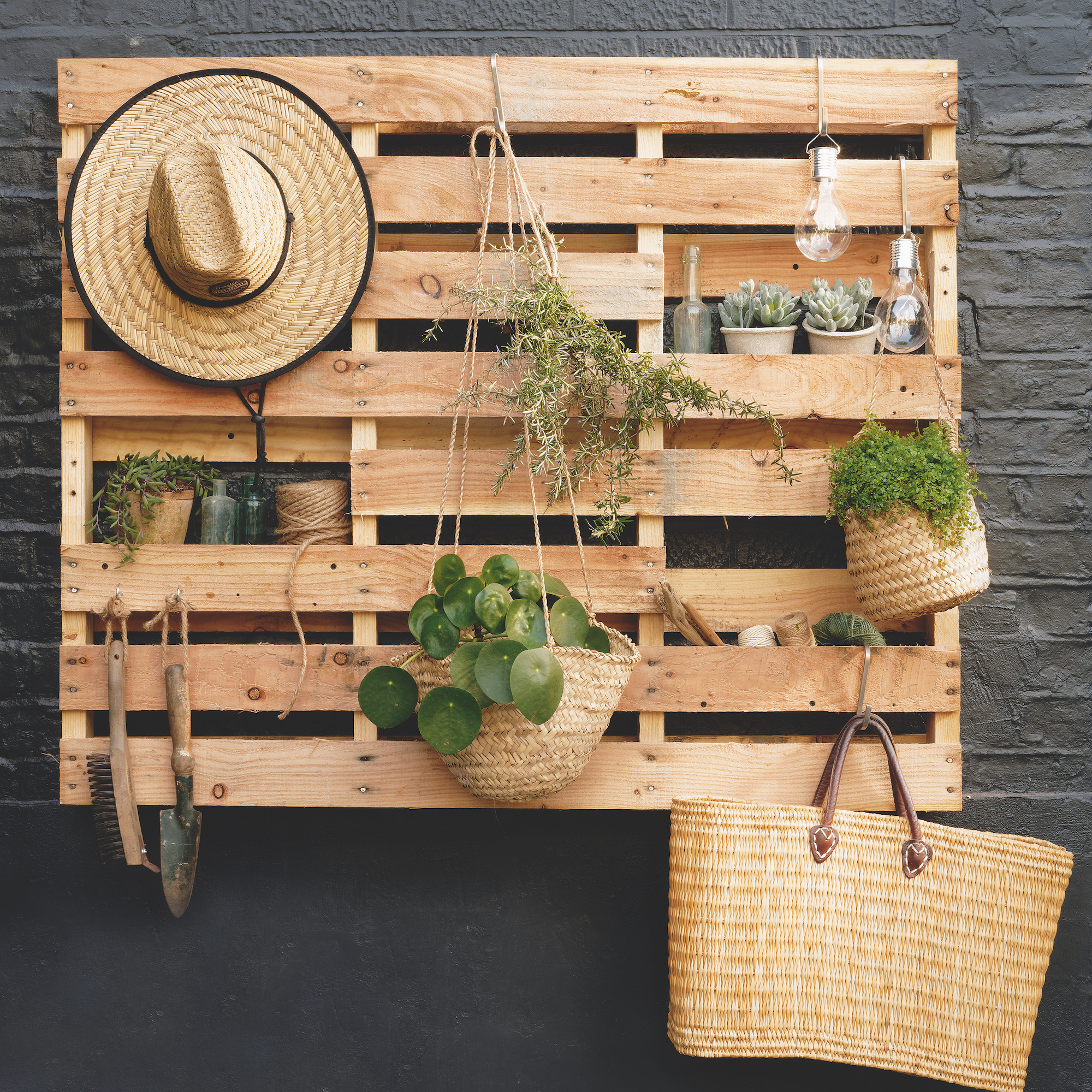
4. Start by getting rid of bigger things first
The garage will often have more bulky items taking up room, from garden furniture to tools, so rehoming anything that you don't use or recycling broken items can give you a bit more space. 'Begin with finding some large items that can go, this will give you space to work and a sense of progress at the start,' explains Helen.
'Be methodical and have clear piles for things to recycle, donate, bin, action and keep.' By getting rid of bulkier items first, you'll notice the progress more quickly.
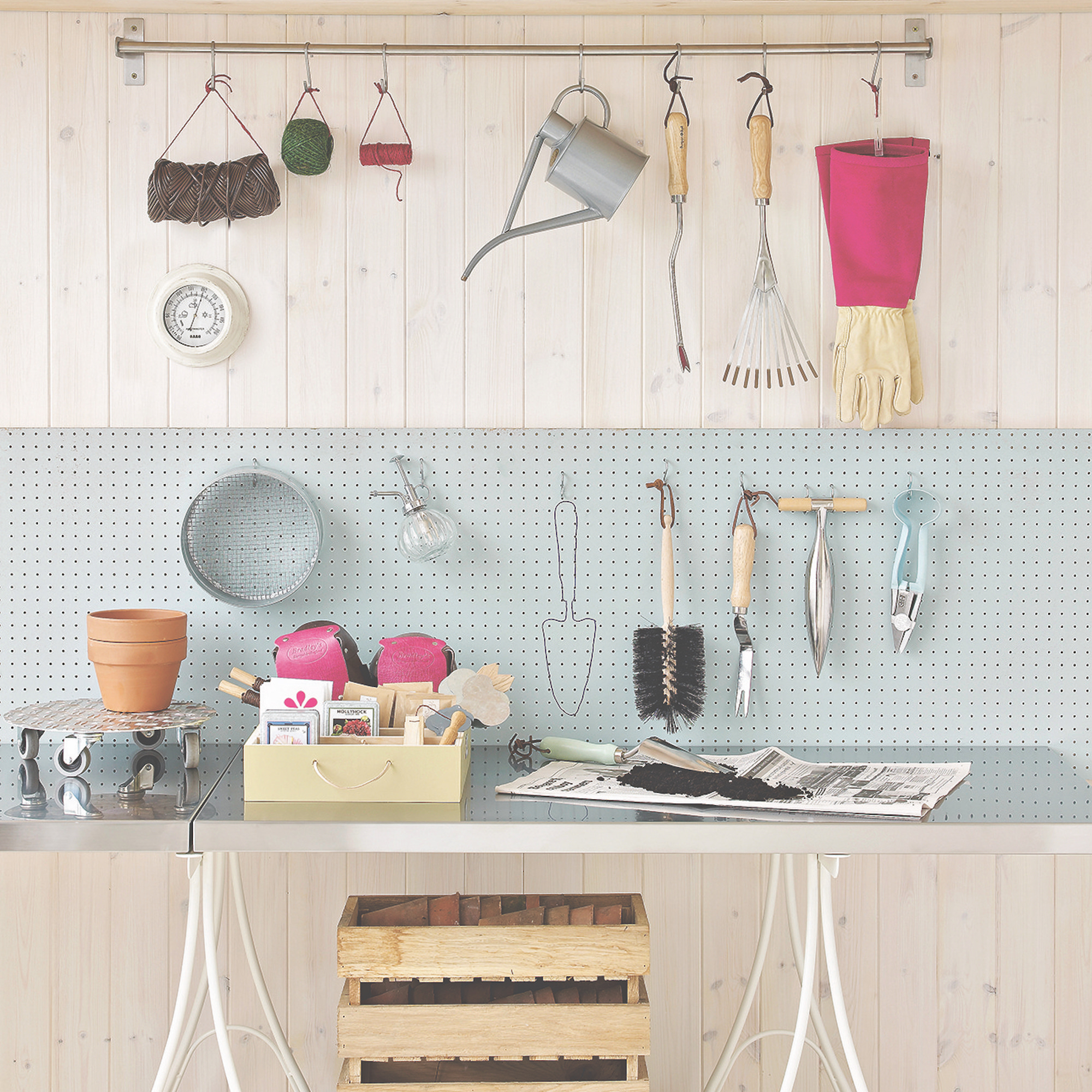
5. Organise things into categories
Like inside your home, grouping similar items in your garage together is a great way to keep them organised and helps to identify any duplicate tools or items. 'If you have shelving in your garage, utilise this effectively and keep similar items together to make it easier for finding these when you need to,' advises Mark Simpson, director at Extra Room Self Storage.
Dividing your garage into sections will mean everything has a home. Labelling hooks, shelves and storage boxes will make it easier to see at a glance what goes where 'Allocate separate areas or zones for the different categories of items you have, this will make it easier to find the things you need in the long run,' explains Victoria Fearnley, APDO member and Founder of Surrey Decluttering.
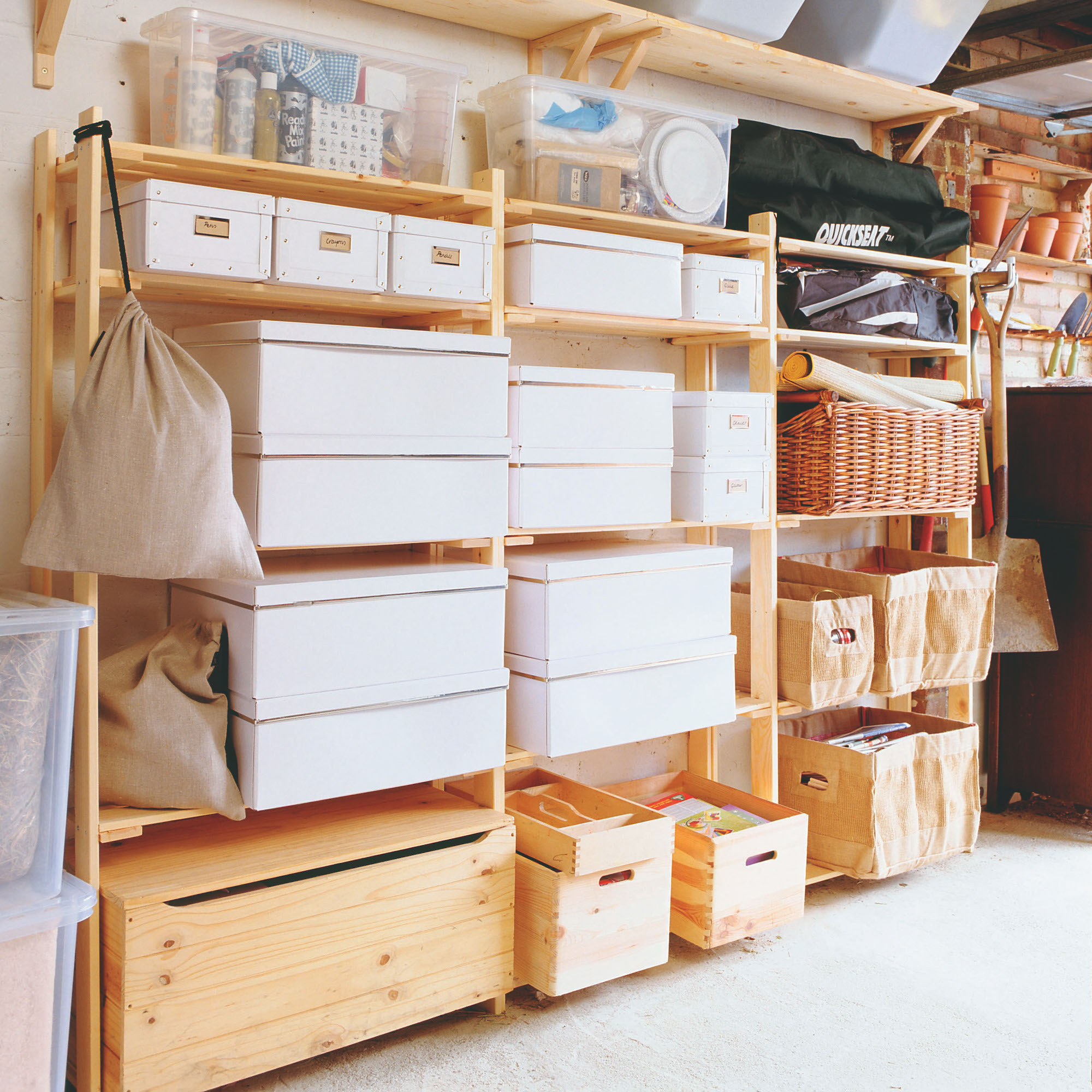
6. Keep things off the floor
If you're climbing over things every time you need something out of the garage, sorting out the right storage can make things easier. 'Consider storing as much as you can off the ground, to maximise on floor space,' advises Richard Berry, outdoor building specialist at Lidget Compton.
'Utilise the walls with hooks or peg boards to hang coats, tools, and other unusual shaped items. Use shelving for any boxes, containers or books, and secure bike racks to the walls.'
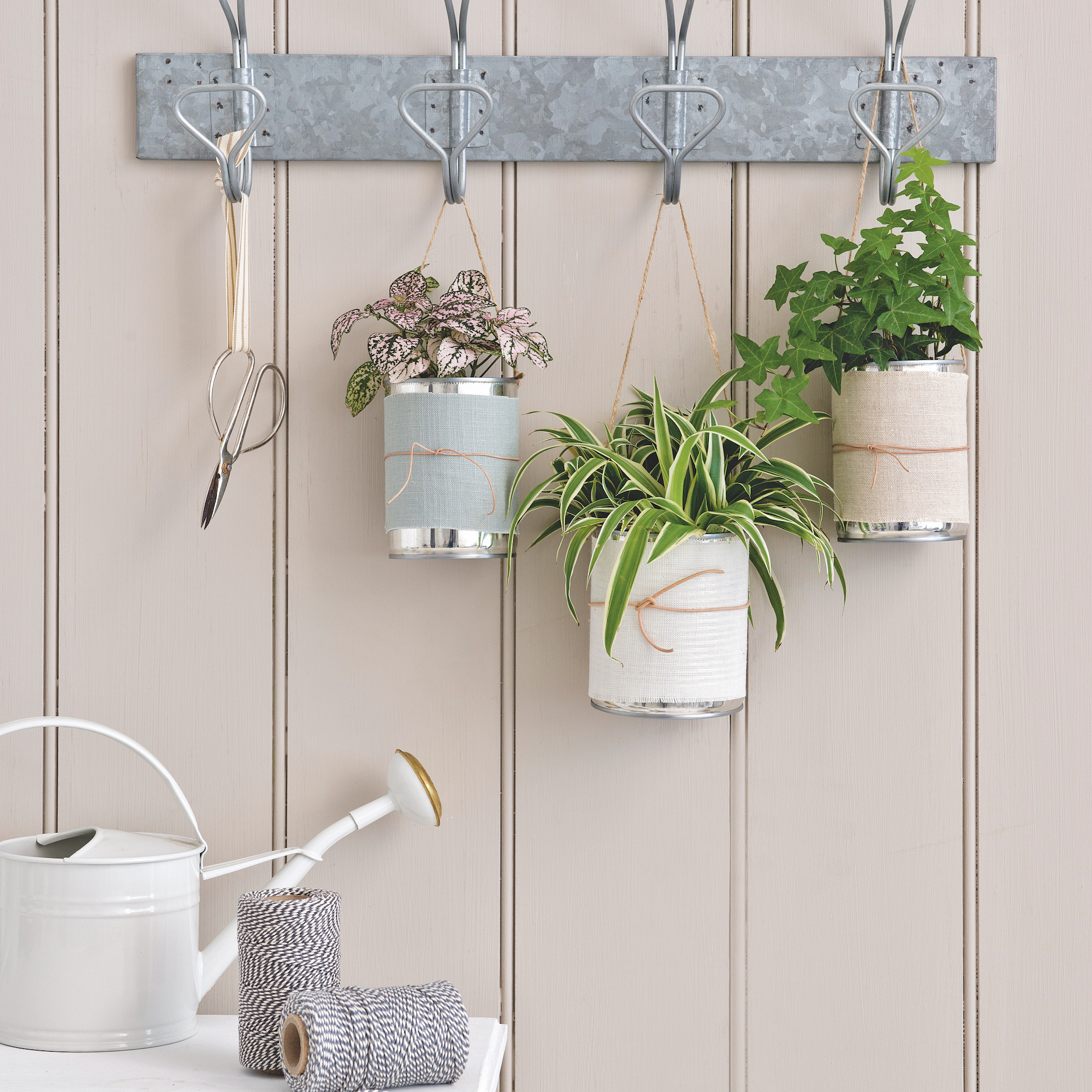
7. Try the four-box method
One of the most tried and tested ways to declutter a garage quickly is dividing items into piles as you sort them. 'Use four boxes labelled "Keep," "Donate/Sell," "Bin," and "Relocate" to sort through items,' explains Chris Hutton, storage expert and owner of Adams Selfstore.
'After that, you can simply bin any items that have no use to anyone, donate or sell items you no longer need, and relocate anything that belongs elsewhere in the house.'
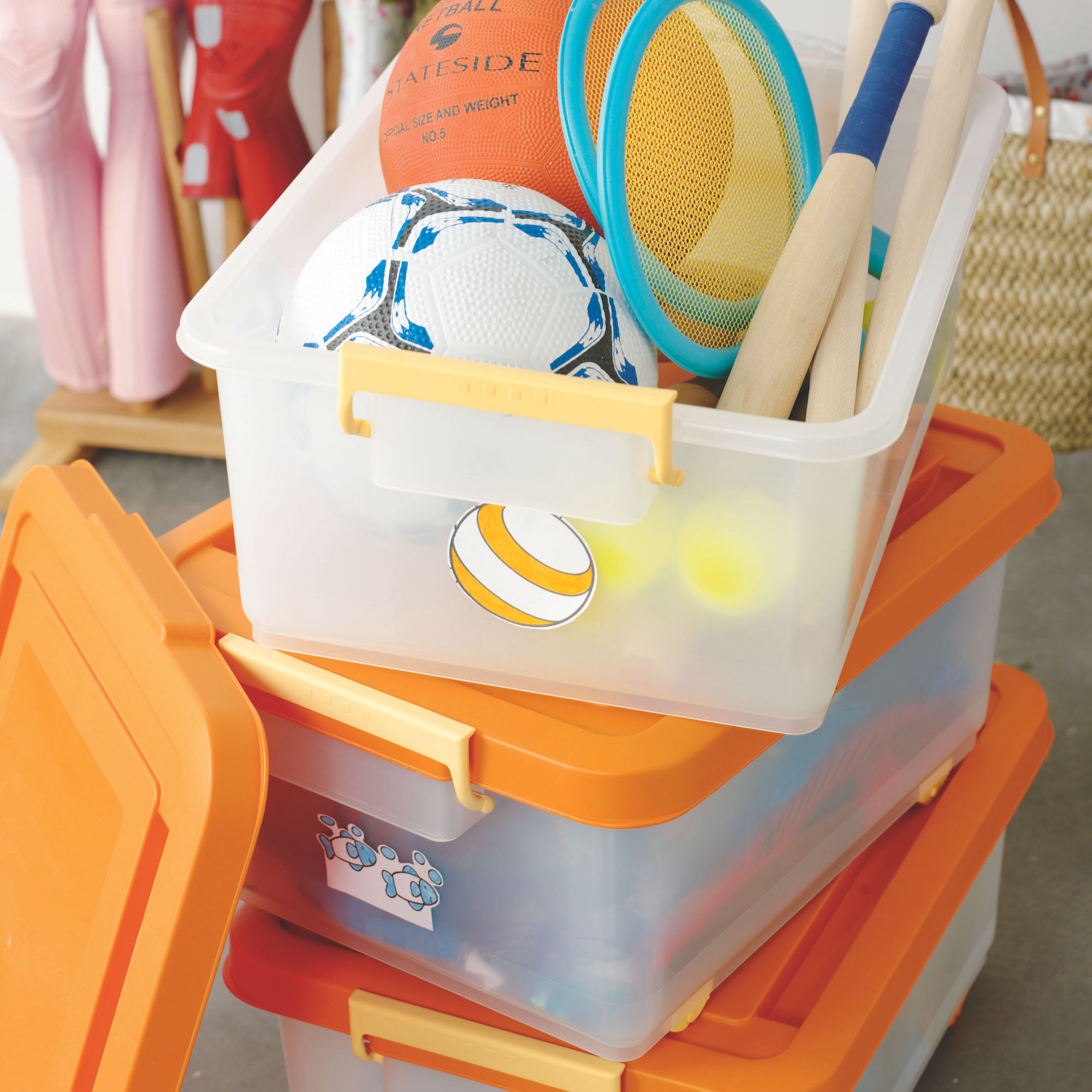
8. Donate to charity
One way to easily rehome items is to donate them to charity. 'At the BHF, we can take the stress out of clearing bulky items with our collections service, where we’ll collect resalable furniture and electrical items for free,' explains Allison Swaine-Hughes, retail director at the British Heart Foundation (BHF).
'Plus, for any other unwanted high-quality items like toys, collectables, books and technology that are taking up room, you can drop them at your local BHF shop or post them for free.'

9. Keep everything in check
After you've decluttered the garage, keep an eye to make sure it doesn't get disorganised again. 'Once you’ve decluttered and cleaned the garage, try and make it a habit to regularly tidy up and put items back in their designated "home",' explains Georgette Beacham of BiGDUG.
'Dedicate a little bit of time every so often maintaining the space to prevent any clutter from accumulating again.' That way it will be easier to find and reach what you need quickly.
FAQs
How do you clean an overwhelming garage?
'Begin by dividing the space into zones and sorting and cleaning a zone at a time,' explains Georgette. 'While moving and sorting the items in the zone you’re working on, clean the space as you uncover it. This will make the process less overwhelming, more manageable and streamlined, while also preventing dirt from spreading.'
How do I get rid of clutter in my garage?
'It’s important to work out which items you really want to keep in your garage and which are just taking up space unnecessarily,' Advises Rob Stone, director of garage storage company, The Garage Store. 'When deciding on items to get rid of, ask yourself three questions. Would someone else be able to use them? Are they in good/usable condition? Do they just need to go to the tip?'
Get the Ideal Home Newsletter
Sign up to our newsletter for style and decor inspiration, house makeovers, project advice and more.

Amy Hodge has been working on interiors magazines for over 11 years. She's a freelance writer and sub editor who has worked for some of the UK's leading interiors magazines including Ideal Home, Style at Home and Country Homes & Interiors. She started at Style at Home just after it launched as food editor and is now chief sub editor for Ideal Home, Style at Home and Country Homes & Interiors.
-
 Will a conservatory add value to your home and how can you maximise it?
Will a conservatory add value to your home and how can you maximise it?This is what the pros say
By Amy Reeves
-
 I’ve been looking for a new signature scent for my home and The White Company's new fragrance is the exact summer holiday smell I needed
I’ve been looking for a new signature scent for my home and The White Company's new fragrance is the exact summer holiday smell I neededSantorini smells fresh, summery and sophisticated
By Kezia Reynolds
-
 How to remove algae from garden walls in five steps – and the cleaning product experts rave about for tackling it fast
How to remove algae from garden walls in five steps – and the cleaning product experts rave about for tackling it fastExperts share their top tips for getting garden walls algae-free
By Katie Sims